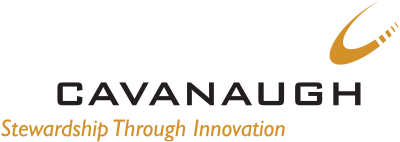Typically, when people ask me to help them create a business case for bioenergy, I guide them through six key questions. In our last post, we explored the first three, and today, we’re going to tackle the second three.
Keep in mind each situation is different, but based on our experience, these six steps will help provide some clarity on the economic advantages of bioenergy.
Step 4: One person’s trash…
With better information on the relative costs of current feedstock management and possible use for bioenergy system resources, the business case will now turn to revenue making potential. You’ve got options here, and it’s worth exploring them. Too often, there’s a premature decision to fuel an electricity generator. This may be the best option – or it may not. Most bioenergy systems have thrived by more direct displacement of fuels such as natural gas, liquid propane, diesel, and gasoline. It’s worth evaluating your options to displace all current energy uses, and seek the better economic return. Given the opportunities with combined heat and power systems, you may even find there are multiple fuel offtakes.
Step 5: The treasure hunt
At this point, ask if energy displacement is the only revenue opportunity. Bioenergy systems are unique compared to many forms of renewable energy systems in that they support energy (fuel) storage and continuous, ‘base-load’ output. As you clearly understand bioenergy production potential and cost structure from the previous steps, you can surmise a leveled cost of energy produced. In other words, you can establish a long term (>10 years) fixed rate for energy, and THAT has value as compared to the elastic energy market. What about the value of avoiding curtailment of natural gas during winter peaks? Is there value in the environmental attributes, such as carbon offsets and nutrient credits?
Here is where you can realize some value from the ‘social case’ that you may have already proven. For example, if part of the benefit of the development of your bioenergy system is prolonging landfill life due to reduced volume of materials to be landfilled, such benefit can and should be monetized. Studies and examinations have revealed economic benefits derived from land use changes, property valuation improvements, and service reliability. Are there ways that you can monetize these benefits through collaboration at local or regional levels? Perhaps not easily, but those systems owners that have are very glad they did.
Step 6: Lay it on the line
As I previously mentioned, unanswered questions and doubt are the pitfalls of a good business case evaluation. Involve stakeholders and decision-makers from the start and encourage them to ask lots of questions early. Chances are someone will ask a question you haven’t yet identified, and the only bad questions are those that go unasked.
The goal of a good business case evaluation should be to confidently say yes or no. If the data points to yes, we recommend moving ahead with a feasibility assessment that provides more confidence in the assumptions and projections for costs and revenues. If the data points to no, consider going through this exercise when circumstances change to see if bioenergy makes more sense. Done properly, these steps ease the roadmap to acquiring financing, permits, and offtake agreements.

